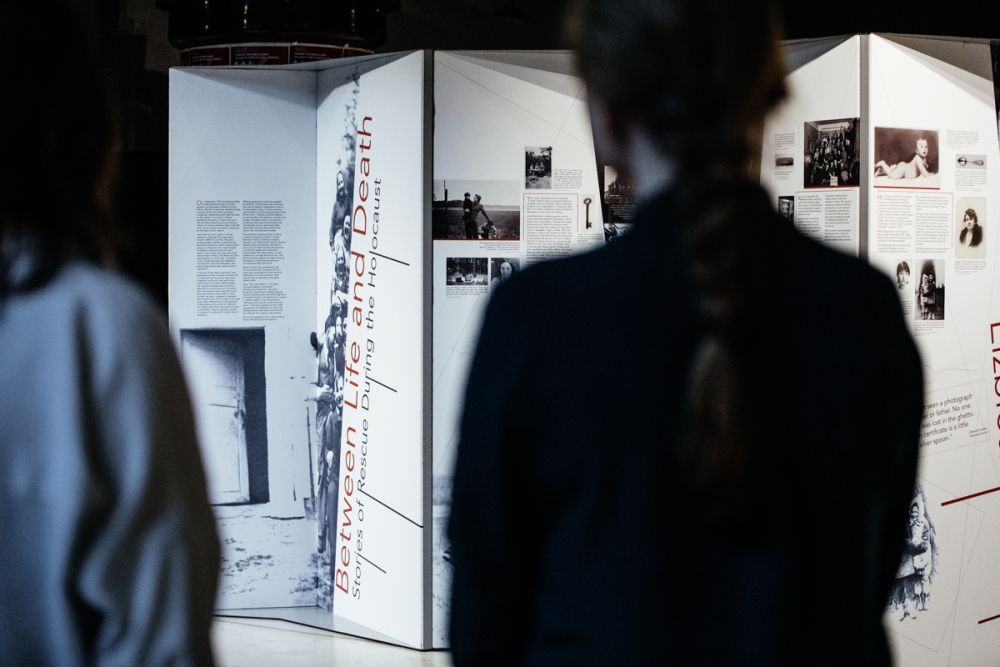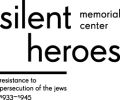The Jewish genocide in war-torn Europe claimed millions of lives. In the face of the tragic fate of Jews, local populations of the German-occupied countries, as well as some ordinary Germans, were put in a dilemma which they probably had never imagined they would face: how to react to such a atrocities? Many watched passively or even took advantage of the desperate situation of the Jews, but some selflessly helped.
By outlining stories of survivors from twelve European countries, along with those of rescuers, we seek to give a voice to both groups. We draw attention to their endeavours, courage and will to live, as well as wartime circumstances with which they had to deal. Their fates are shown against a broader historical background, giving a better understanding of local possibilities for Jews to survive and for helpers to provide aid. It has recently been complemented by a special section of the exhibition that is dedicated to diplomats who used their influence to help those threatened by the Holocaust.
The initiative is a joint project of ENRS, the POLIN Museum of the History of Polish Jews, and the Silent Heroes Memorial Center. It was first presented in the headquarters of the European Commission in Brussels in January 2018 to commemorate the International Holocaust Remembrance Day. Following its presentations in Brussels, Amsterdam, Bratislava, Vilnius, Wrocław, Markowa, Bucharest, Budapest, Bern, Osaka, Yokohama, Tsuruga, Gifu, Bełżec and Szczecin, “Between Life and Death” will be on display in Gdańsk.
Venue: The Museum of the Second World War in Gdańsk, pl. Władysława Bartoszewskiego 1
Exhibition opening: 24 March, 2:00 PM































